20 Reasons We Loved Boston in 2014

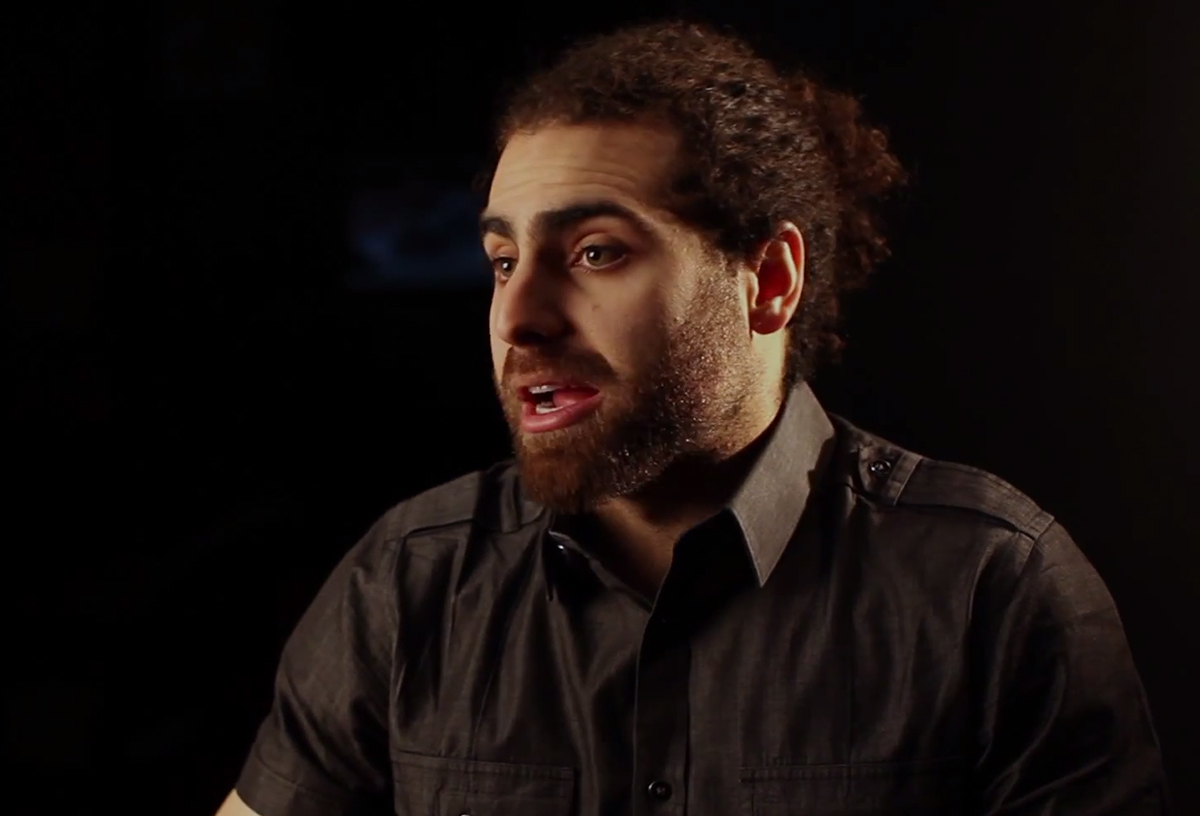
Nadeem Mazen discussing Silicon Prairie: America’s New Internet Economy via YouTube
In 2011, Nadeem Mazen cofounded the laser-cutting and 3-D-printing space Danger!Awesome in Central Square with this mantra: Make DIY technology available for the people. Two years later, the 31-year-old entrepreneur and MIT alum ran for Cambridge City Council on a similar platform, and won. His campaign emphasized affordable housing and education innovation, and in his first year on the job, he’s worked to bridge the digital class divide with a municipal broadband initiative that could provide free or subsidized Internet services to those without. Mazen remains a man of the people: He canvasses regularly with his team to stay in touch with the community and get ahead of the issues, and still runs Danger!Awesome, where you can print out the gadget of your dreams. —Erik Christensen

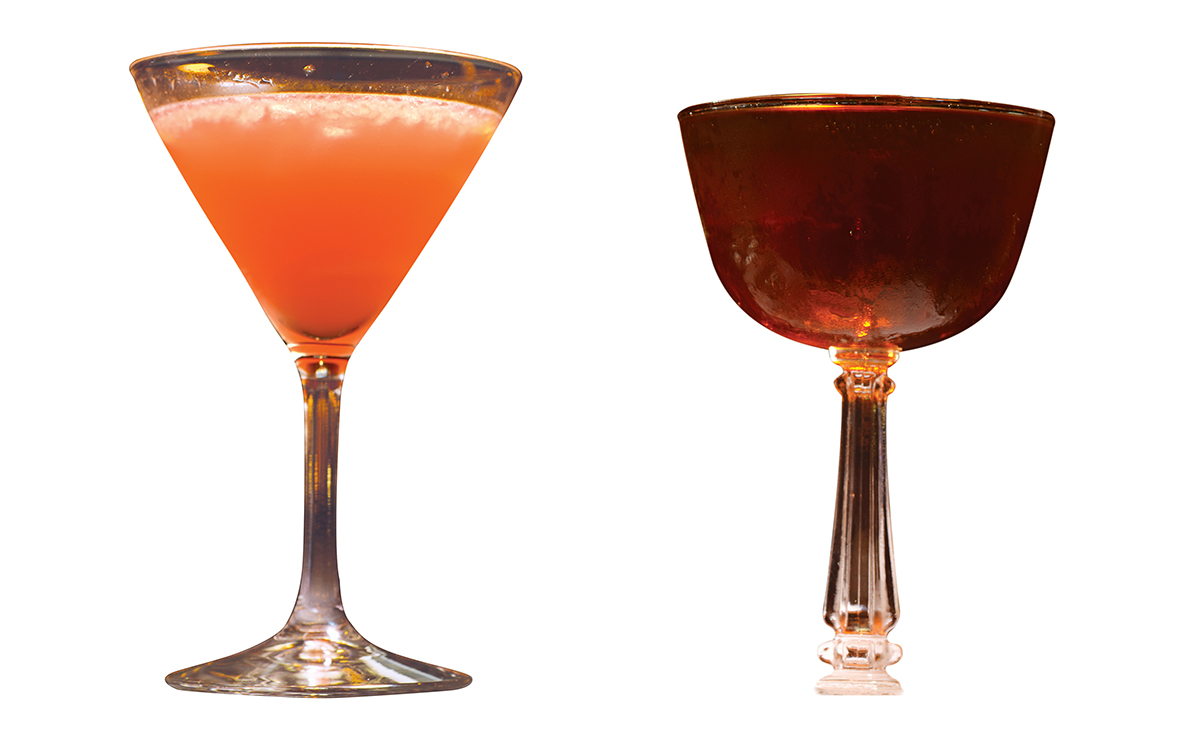
PHOTOGRAPHS BY TOAN TRINH
Many bartenders have helped foster Boston’s thriving cocktail culture, but perhaps none have had the impact of Josh Childs (Silvertone, Trina’s Starlite Lounge, Audubon) or John Gertsen (formerly of Drink). This year, both stepped away from their respective posts: Childs to transition into restaurant management, and Gertsen to relocate to the West Coast. Here they share their signatures.
Childs: the Shaddock (left), a refreshing blend of Aperol, St. Germain, gin, and lemon.
Gertsen: the Fort Point (right), which combines rye, Punt e Mes vermouth, and Bénédictine, and exemplifies his devotion to updating the classics. —L.M.

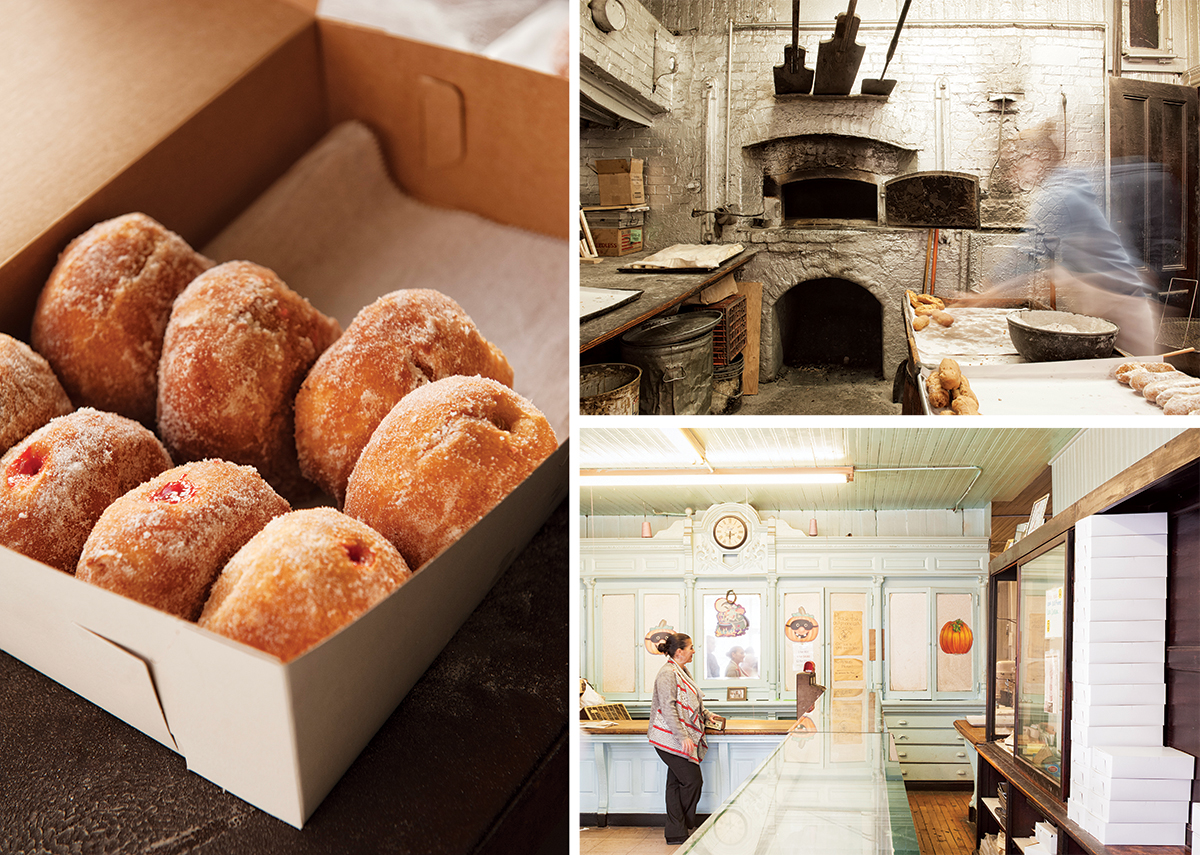
Photographs by Chelsea Kyle
Remember when “gluten-free” meant “dork” and bacon only went with eggs? Long before anyone thought of violating pastries with mashed potatoes or wasabi, Bostonians indulged in Betty Ann’s, Kane’s, and Marty’s Donut Land. These locals-only classics continue to trump those hipster Matcha green tea doughnuts, staying true to the simple, delicious philosophy that has kept generations of cops in elastic waistbands. While the world has changed around it, little’s changed inside the Betty Ann Food Shop (pictured) since it first opened in 1931. —M.C.

Anyone who’s tried to use one knows that breast pumps, well, suck. The woefully primitive device desperately needs reinvention, which is why, in September, MIT devoted a hackathon to brainstorming improvements on its form and function. More than 150 participants (pump users, engineers, lactation specialists, and educators) spent two days contemplating the quandary. First prize went to the “Mighty Mom” prototype, a hands-free pump worn on the waist like Batman’s utility belt—discreet enough to use while commuting—that automatically logs and tracks data. While the winning team’s members admit the design isn’t perfect, they hope that they’ll be able to nurse the idea into a healthy, happy product. —L.T.


Photographs by Eliot Lee Hazel (imagine dragons); Molly Cranna (betty who); courtesy of The Island Def Jam Music Group (american authors); Peter Larson (lucius).
For years, the Berklee School of Music has been a first stop for aspiring music icons, but lately, it’s turned up the heat. Clockwise from top left, the Australian singer Betty Who’s moniker became a rhetorical question after she shared the stage with pop princess Katy Perry this fall—her own full-length debut, Take Me When You Go, dropped in October; Brooklyn-based American Authors hijacked airwaves this year with feel-good anthems like “Best Day of My Life”; the honey-spun dual harmonies and poetically captivating lyrics in five-piece band Lucius’s debut LP, Wildewoman, rival (and, arguably, eclipse) those of ’60s crooners; the mythical creatures of pop Imagine Dragons have been on top for two years straight, with successive hits earning 12 Billboard Music Award nominations this year. —H.L.S.

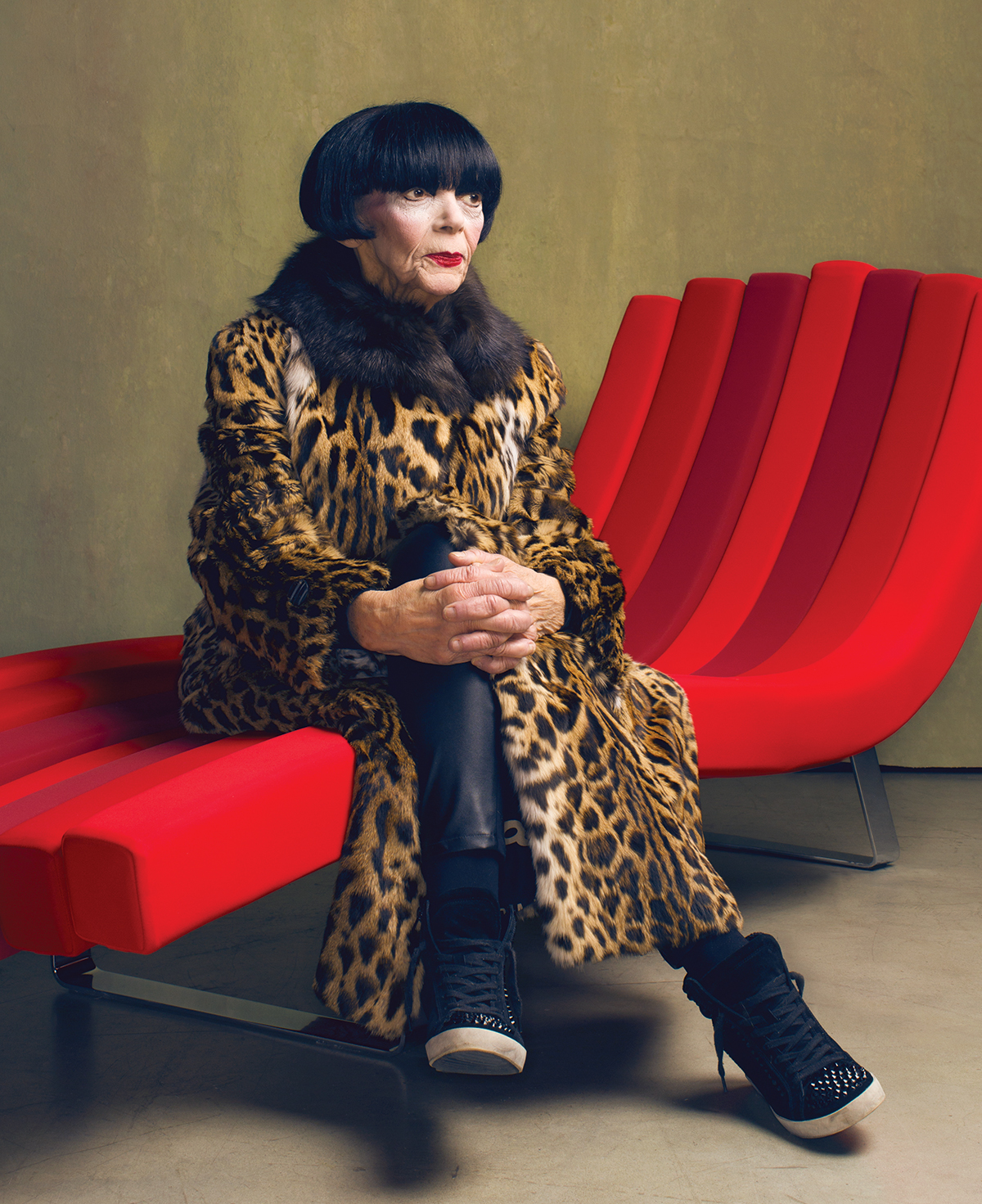
photograph by scott m. lacey
Marilyn Riseman first opened her clothing boutique, Apogee, on a quiet block of Newbury Street in 1966. Windows were stocked not with garments but with televisions flickering with images of the collections inside, labels like Kenzo, Vivienne Westwood, and Issey Miyake. It was there, in the first of what would become a national chain of boutiques, that the legend of Riseman began.
Over the nearly six decades that followed, her reputation as a fiercely independent visionary held strong. Riseman’s aesthetic armor consisted of a razor-sharp, jet-black bob; Kabuki-inspired makeup; and an encyclopedic wardrobe of avant-garde international designers. Her penchant for profanity (and a fondness for a certain C- word) secured her a starring role in Boston’s insular society scene: Riseman could fix you in a single, original phrase like no one else. But Lady Riseman was also tireless in her efforts to support local creatives: At 85, with her health declining, she hosted weekly fashion luncheons at Brasserie Jo, wielding her expansive Rolodex to promote the work of budding designers. She didn’t hesitate to sing their praises to anyone who would listen. And everyone listened to Marilyn Riseman. —J.G.C.

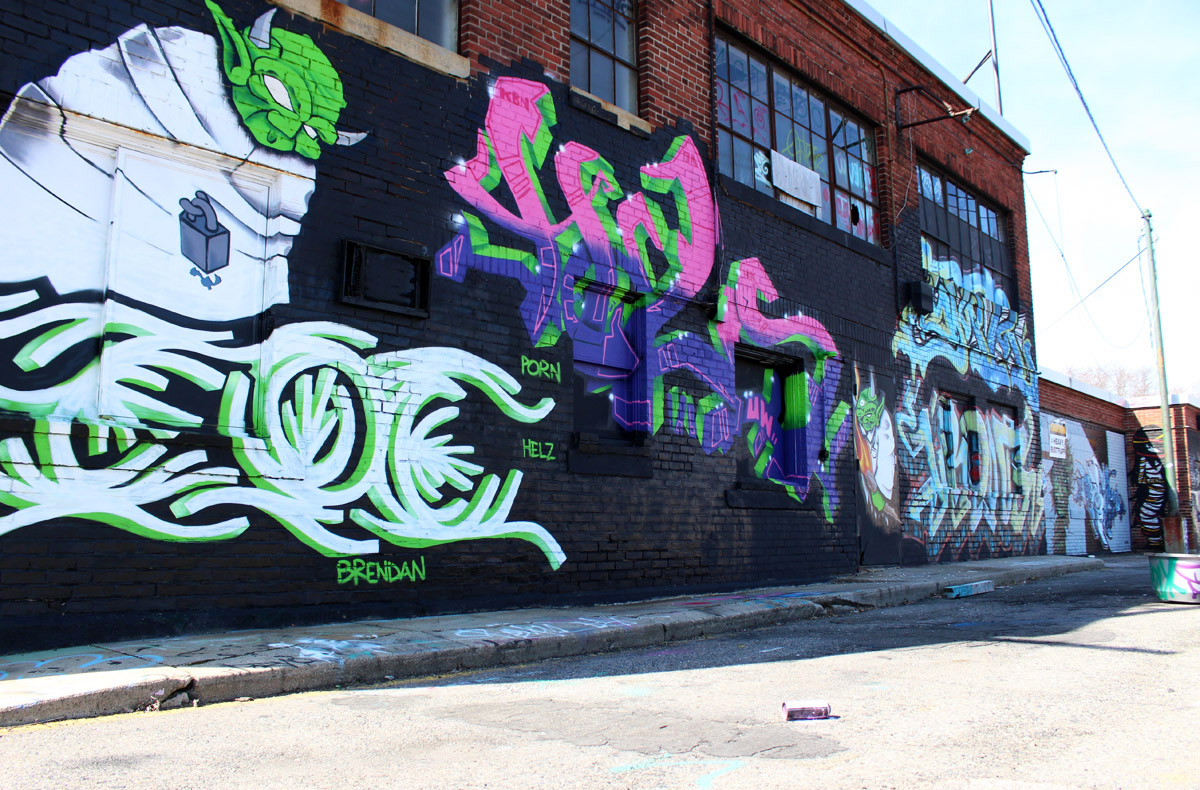
Photo by Margaret Burdge
It’s true, our city’s arts scene has been underrepresented for years, which is why the Walsh administration poached Chicago’s director of cultural planning, Julie Burros, this summer to become Boston’s first cabinet-level arts czar. Since she arrived, Burros has been zipping around on a Hubway bike, getting familiar with the place she first discovered in 1988, when she attended a Harvard Graduate School of Design summer program. Run into her at a party and you’ll probably get her talking fairly quickly if your interests skew thespian or architectural: She’s been known to attend up to three shows per week, and has served as an architecture docent for more than 15 years. She’s also obsessed with adult education classes—she took one on creating mosaics and studied improv at Chicago’s famed Second City. Next up for her: an online Boston history class, and maybe one that’ll teach her how to rewire her lamp collection. —Megan Johnson

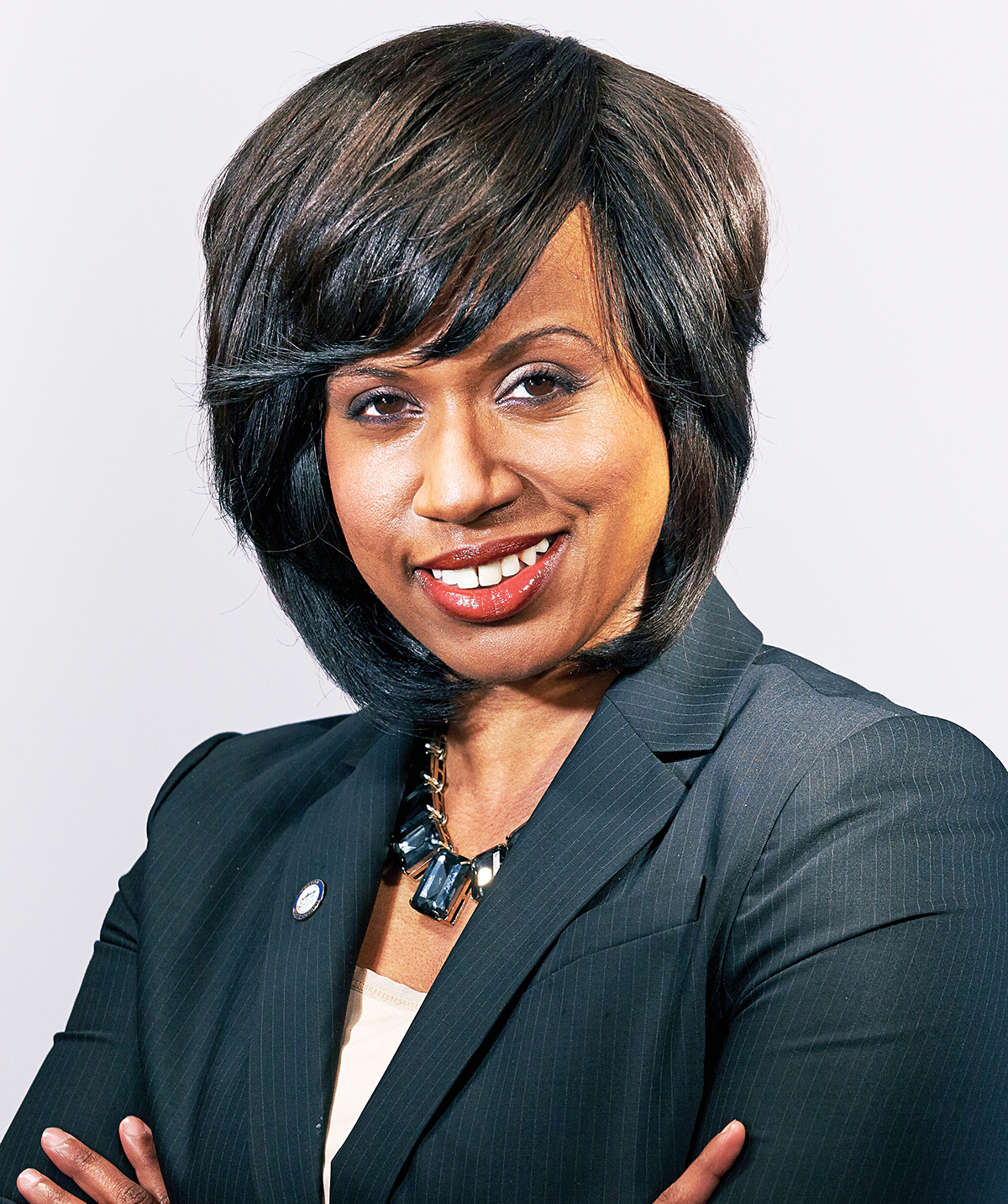
PHOTOGRAPH BY JEFF BROWN
The Boston city councilor is holding it down for social justice. Since 2009, the Dorchester resident has made it her business to protect the people, heading up the Healthy Women, Families & Communities committee, which promotes programs to combat domestic and sexual violence. Pressley founded a yearly women-centric day of workshops, Raise Your Voice, to generate open dialogue about sexual assault, as well as the Elevate Boston coalition, which pressed mayoral candidates to address the needs of women and LGBT people. Meanwhile, she caped up for economic growth in Boston’s poorest neighborhoods by advocating for changes in liquor-license laws—all in her trademark red stilettos. —M.C

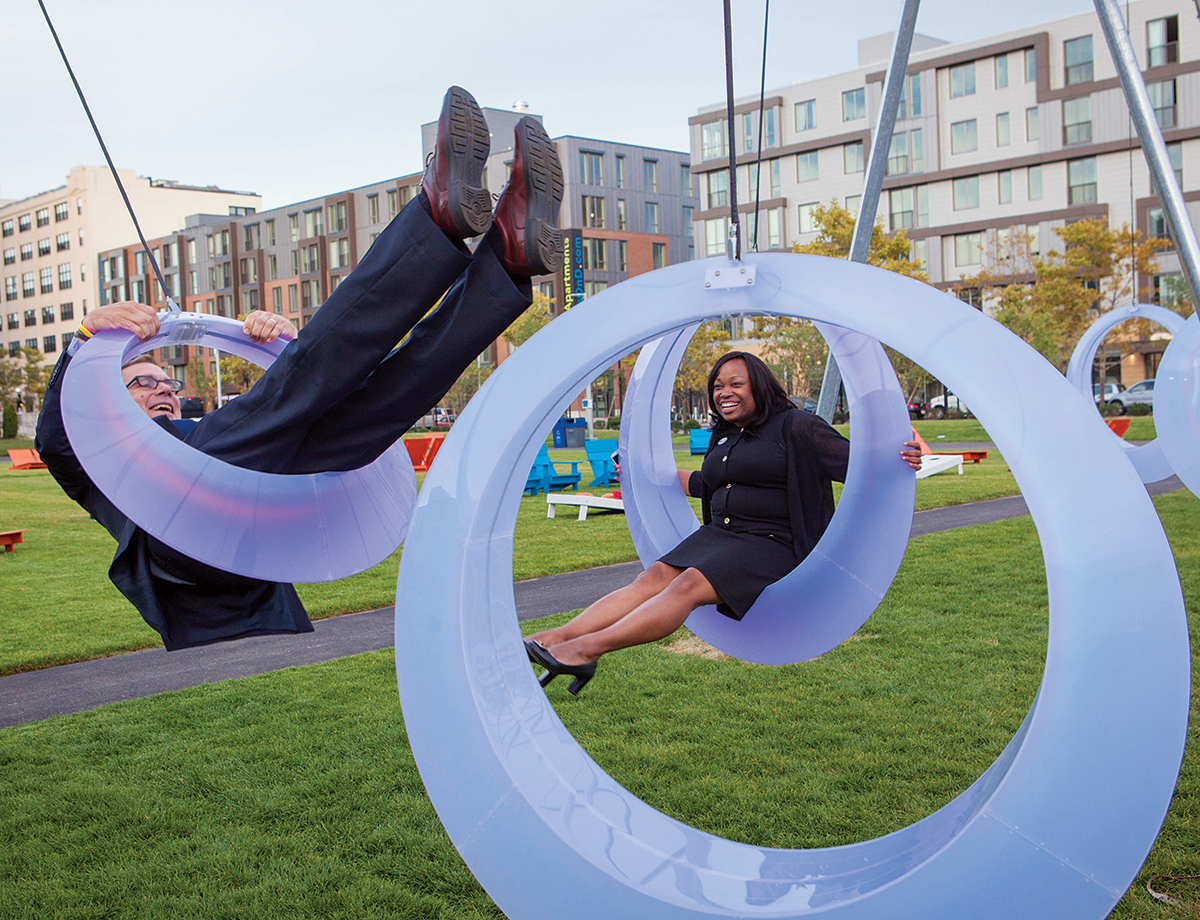
courtesy of the Massachusetts Convention Center Authority
Designed by Sasaki Associates, the 2.7-acre Lawn on D has provided a sanctuary for the happy-hour crowd—delivering an abundance of cornhole and Roxy’s Grilled Cheese sandwiches among luminous swings, live entertainment, and interactive art. Trust us when we say it’s strangely similar to Disney World: Just sub in apple-cheeked techies for whiny kids and Narragansett for Hi-C. —M.J.


Photo by Margaret Burdge
For three decades, Holland resident Dick Hoyt has pushed his son Rick—born a quadriplegic with cerebral palsy—in a wheelchair for the 26.2 miles from Hopkinton to Boylston Street. The duo said that the 2013 Boston Marathon would be their last (Dick is in his seventies, after all). But, like thousands of other hopefuls, they were stopped short. And so they put off retirement to take on the 118th Boston Marathon this past April. A roaring crowd propelled 32,000-plus runners (up from 25,000 the year before) to the finish line. The cheering reached a fever pitch when the pair passed together one final time. “We stopped 25 or 30 times to talk with people. It was so super,” Dick says. “I could hardly lift my arms the next day.” —Courtney Hollands


